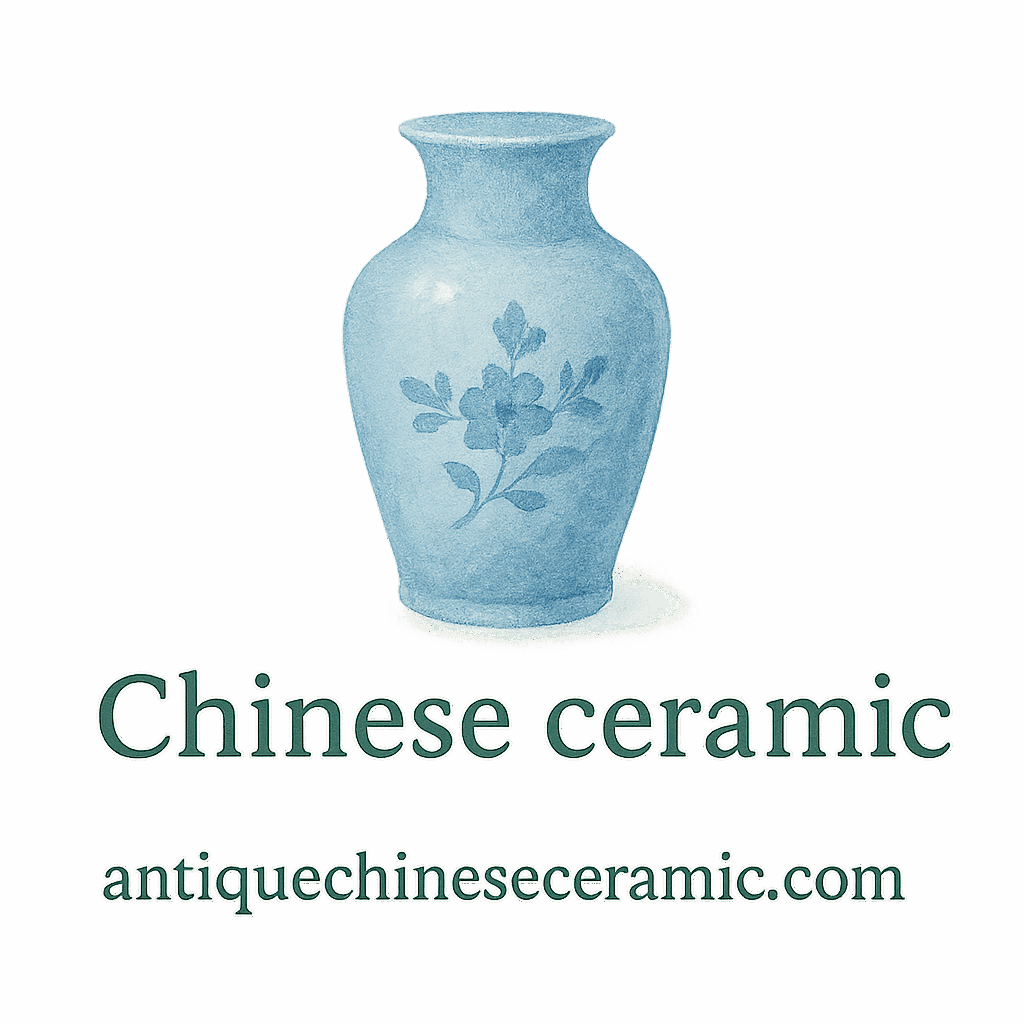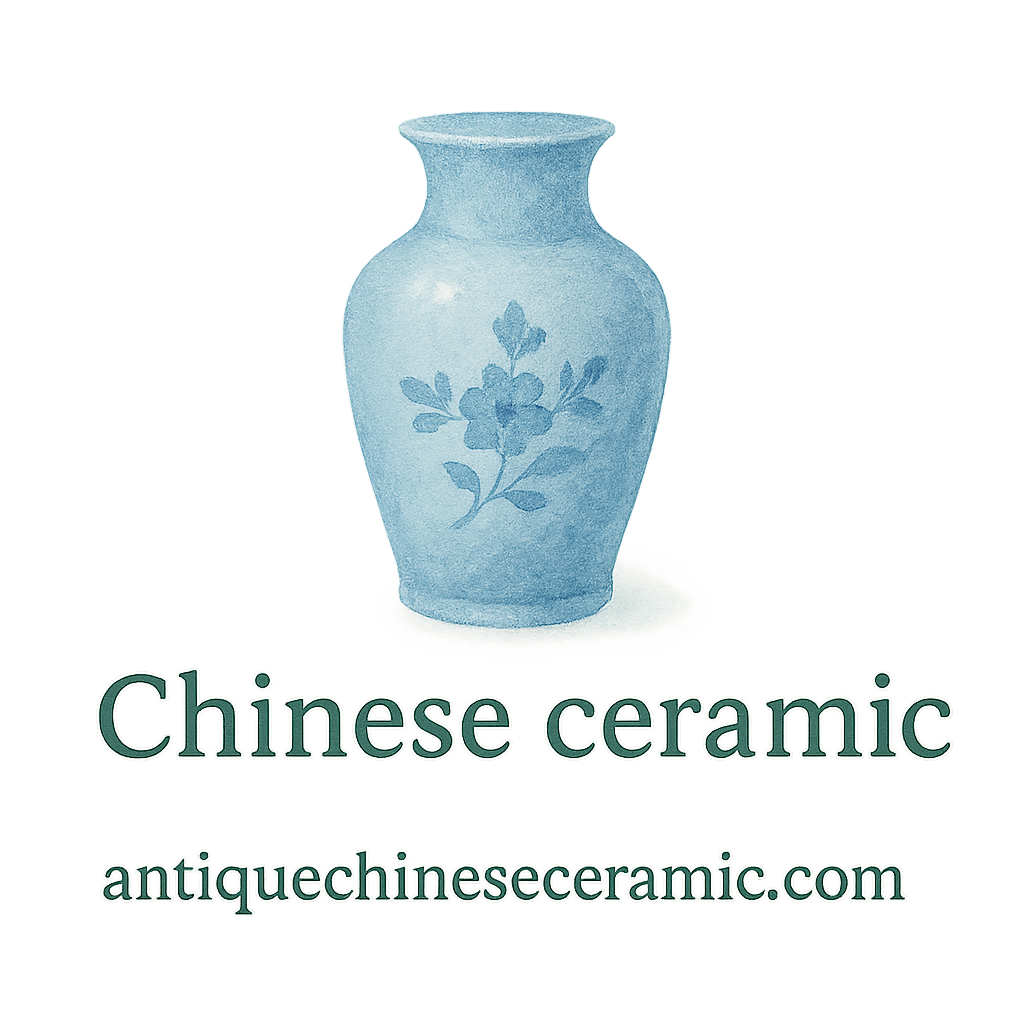Introduction: The Delicate Beauty of Antique Chinese Ceramics
Antique Chinese ceramics are more than just beautiful display pieces — they’re fragments of history, artistic masterpieces, and sometimes even family heirlooms. But despite their seemingly solid appearance, they are surprisingly fragile. One of the biggest enemies of these treasures? Humidity.
In this guide, we’ll cover seven essential humidity tips to protect your antique Chinese ceramics and ensure they remain intact for generations to come. Whether you’re a seasoned collector or just starting out, these insights will help you take better care of your collection.
Why Humidity is the Silent Enemy of Ceramics
What Makes Antique Chinese Ceramics Vulnerable
Antique ceramics, particularly those from historical Chinese dynasties, often contain porous materials like clay and glazes that absorb moisture over time. These materials react to humidity by expanding or contracting, which can lead to cracks, crazing (tiny surface cracks), fading of painted details, or even structural damage.
Check out the history behind the materials used in these ceramics at the History of Chinese Ceramics page.
Common Humidity Damage Signs
- Hairline cracks
- Dull, foggy glazes
- Discoloration
- Surface flaking or bubbling
- Staining from mold or mildew
These issues are not just aesthetic—they reduce the value and historical integrity of the ceramic.
Tip #1: Maintain Ideal Humidity Levels Year-Round
What’s the Ideal Range?
Experts agree the ideal relative humidity (RH) for antique ceramics is between 45% and 55%. Going below or above this range introduces risks like cracking or mold growth.
Learn more about care and preservation to deepen your understanding of best practices.
Tools You Need to Control Humidity
You don’t need to guess! Use a digital hygrometer to measure RH levels in the room where your ceramics are displayed or stored. Many modern models come with built-in alerts that notify you when levels are too high or too low.
Tip #2: Use Dehumidifiers and Climate Control Systems
Choosing the Right Dehumidifier
Not all dehumidifiers are created equal. For ceramic collections, look for one with:
- Automatic humidity control
- Quiet operation (if placed near display areas)
- Continuous drainage options
This ensures your RH levels stay within range without constant manual adjustments.
Air Conditioning Tips for Ceramic Collectors
Air conditioners naturally remove moisture from the air, but overuse can drop RH too low. Make sure your system is not creating a too-dry environment, especially during summer months.
If you’re curious about how environmental methods have changed over the centuries, you might love this timeline of ceramic preservation techniques.
Tip #3: Store Ceramics in Climate-Safe Rooms
Best Places to Store Your Collection
Keep ceramics in interior rooms away from exterior walls, windows, or doors that can introduce rapid temperature and humidity changes.
A room with stable HVAC systems is ideal.
Rooms You Should Avoid
Avoid placing ceramics in:
- Basements
- Attics
- Garages
- Bathrooms
These areas are often too humid or have inconsistent climate control.

Tip #4: Avoid Sudden Humidity Fluctuations
Why Consistency is Key
Sudden swings in humidity are particularly dangerous because they cause rapid expansion and contraction, which stresses the ceramic material. It’s like taking a cold glass and pouring boiling water into it—not a great idea.
How to Monitor and Stabilize Conditions
- Place a hygrometer in each room
- Use smart plugs to automate humidifiers/dehumidifiers
- Keep windows and doors shut during rainy or humid days
Want more tips like this? Check out the Preservation tag on our favorite resource hub.
Tip #5: Use Silica Gel Packs in Display and Storage
Where to Place Them
Silica gel packs are moisture-absorbing heroes. Place them:
- Inside display cabinets
- Storage boxes
- Near ceramic containers or figurines
How Often Should You Replace Them?
Depending on humidity levels, you should replace or recharge silica gel every 1–3 months. If your display is airtight, they last even longer.
More info on protecting ceramic containers? Visit the containers tag.
Tip #6: Keep Ceramics Off the Ground
Moisture Rises—So Should Your Display
Floors, especially concrete ones, often retain moisture. Elevate your ceramics using sturdy shelves or pedestals to protect from ground humidity and potential flooding.
Shelving Ideas for Safe Elevation
- Use metal or sealed wood shelving
- Line shelves with soft, non-slip padding
- Avoid overcrowding to reduce the risk of breakage
For more decorative and secure display ideas, browse the collecting section.
Tip #7: Regularly Inspect and Document Condition
What to Look For During Inspection
Keep an eye out for:
- New cracks or chips
- Surface discoloration
- Any signs of mold or damp smells
Catching issues early allows for quicker intervention and saves your piece from permanent damage.
Benefits of a Ceramic Condition Journal
A condition journal is your best friend. Jot down:
- Temperature and humidity readings
- Observations from each inspection
- Photos for visual comparison
This is especially helpful if you’re preparing items for appraisal or auction.
Bonus Tip: Learn from Experts and Use Trusted Resources
Whether you’re trying to identify a dynasty-era vase or figuring out the safest cleaning method, resources like AntiqueChineseCeramic.com are invaluable.
Dive into these internal links for specific needs:
- Identification
- Valuation
- Tag: Cleaning
- Tag: Heritage
- Tag: Chinese
Conclusion: Preserve Your Heritage for Future Generations
Humidity might be invisible, but its damage is very real. Antique Chinese ceramics are irreplaceable cultural treasures, and by following these seven humidity tips, you can protect their beauty, value, and historical importance.
Whether you’re keeping a single treasured bowl or curating an entire gallery, climate care isn’t just smart—it’s essential. Think of it like giving your ceramics a protective umbrella from the inside out.
For more collector resources and expert advice, don’t forget to visit AntiqueChineseCeramic.com.
FAQs
1. What’s the best humidity level for antique Chinese ceramics?
The sweet spot is between 45% and 55% relative humidity. Anything too far above or below that can cause damage.
2. Can I store my ceramics in the attic or basement?
Not a good idea! These areas tend to have unstable humidity levels and can lead to mold, cracks, or worse.
3. How do I know if humidity is damaging my ceramics?
Watch for signs like crazing (tiny cracks), discoloration, or moldy smells. A hygrometer can help track changes.
4. What’s the role of silica gel in protecting ceramics?
Silica gel absorbs excess moisture, which helps prevent mold and reduces humidity inside display cabinets or storage boxes.
5. Do dehumidifiers harm ceramics if used too often?
Only if they dry the air out too much. Keep humidity balanced—not bone-dry. Digital settings can help regulate this.
6. How often should I inspect my ceramics?
At least once a month. Regular inspections help you catch issues early before they become major problems.
7. Where can I find expert advice on antique Chinese ceramics?
Visit AntiqueChineseCeramic.com — it’s packed with guides on care, identification, valuation, and more.


